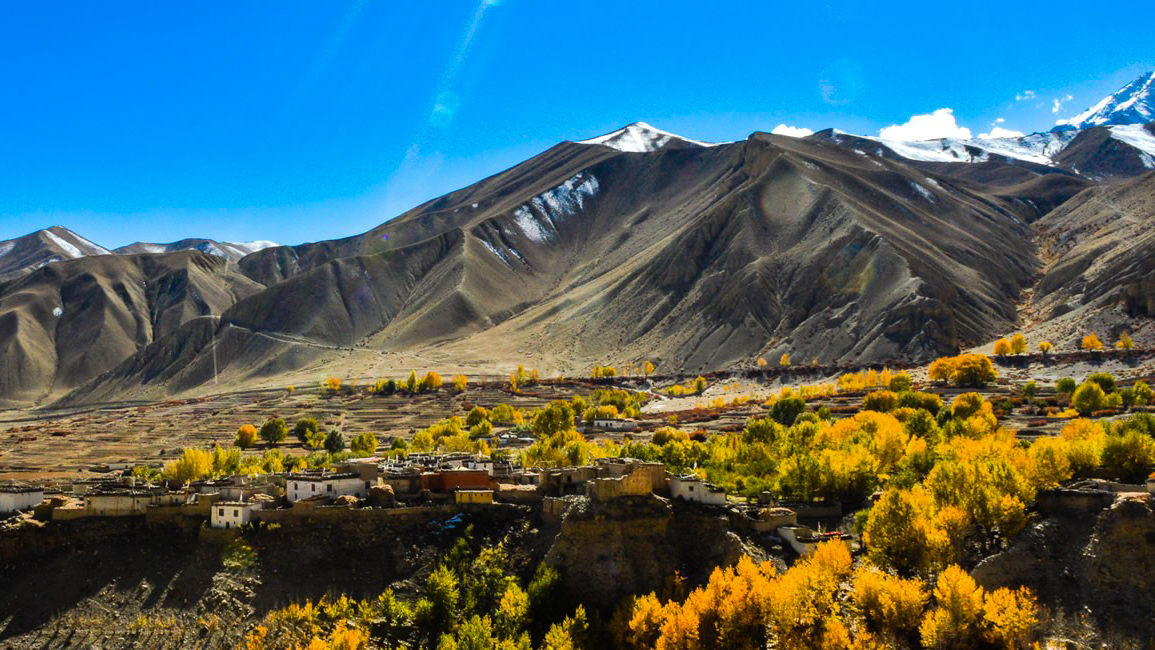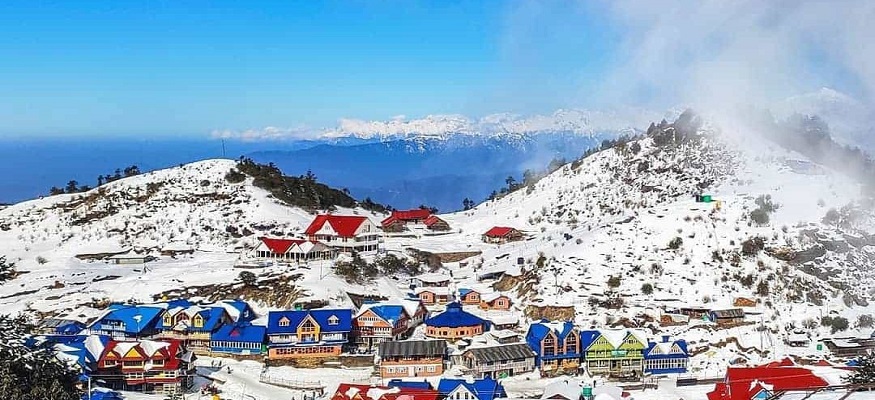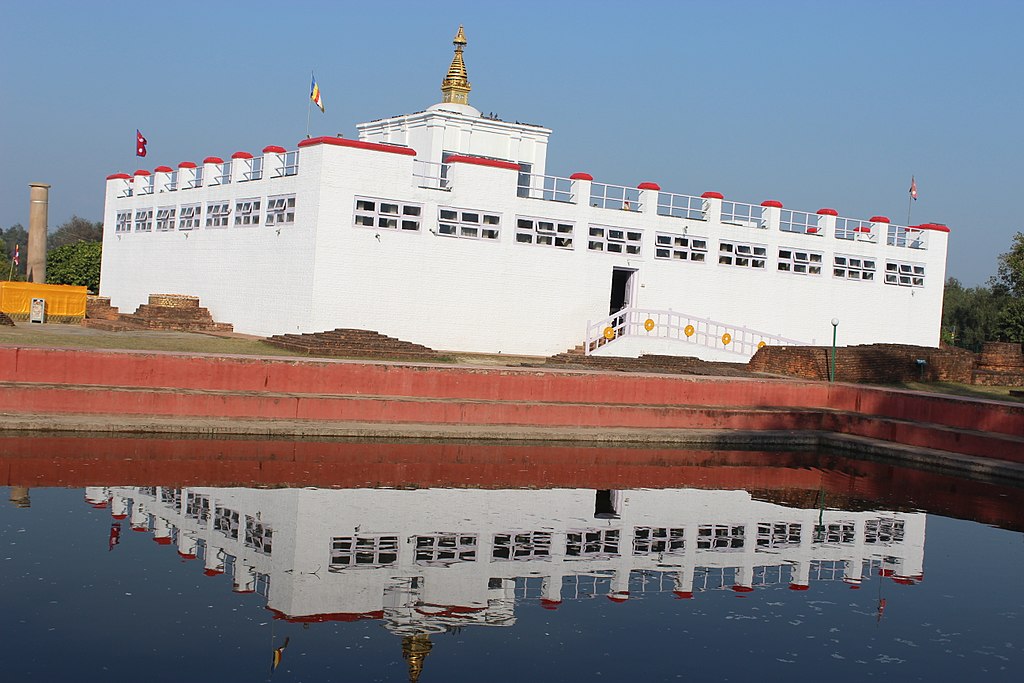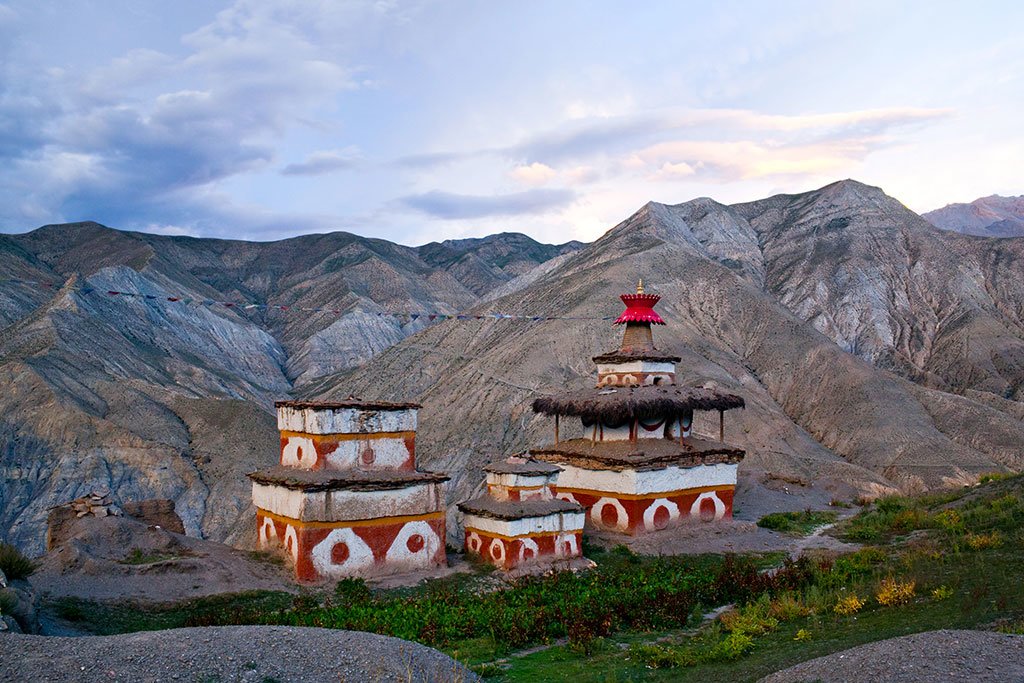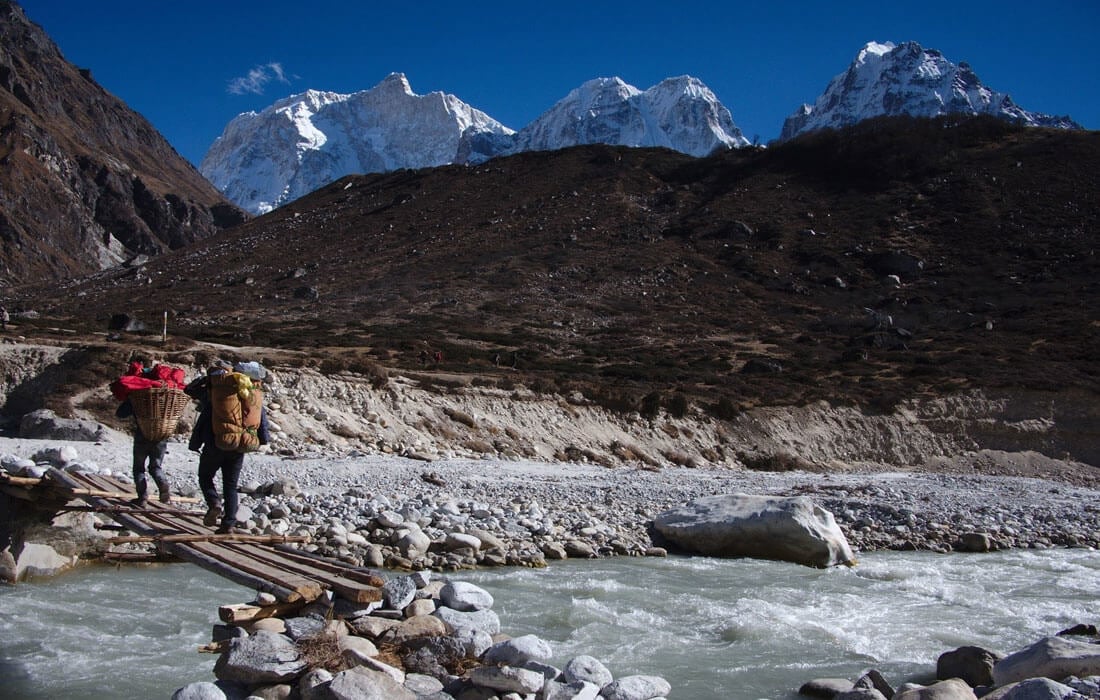Sleeping Beauty of Mount Everest: The Tragic Story of Francys Arsentiev
Mount Everest has long been the ultimate challenge for climbers around the world. Standing at 8,848 meters (29,029 feet), it is one of the most formidable peaks in the world, drawing thousands of adventurers each year. However, Everest is not just a place of triumph—it is also a graveyard. Over 300 climbers have perished on its slopes, their bodies frozen in time, serving as eerie reminders of the mountain’s deadly embrace.
Among them lies Francys Arsentiev, also known as the Sleeping Beauty of Everest. Her tragic story is one of ambition, determination, and heartbreak. Unlike most climbers, Francys attempted to reach the summit without supplemental oxygen, a bold decision that ultimately led to her demise.
This article will take you through her journey, the chilling reality of Everest’s death zone, and why her body became a haunting landmark for climbers on the Everest expedition.
The Woman Who Dreamed of Conquering Everest
Francys Arsentiev was not just any climber. She was a determined and adventurous spirit who believed in pushing her limits. Born in Honolulu, Hawaii, in 1958, Francys grew up with a love for adventure and the mountains. Her passion for climbing took her to some of the most challenging terrains in the world.
She earned a degree in Business Administration from the University of Louisville and later pursued her career in finance. However, her heart always belonged to the mountains. She trained extensively, preparing herself for high-altitude expeditions.
Francys married Sergei Arsentiev, a skilled Russian mountaineer. Together, they climbed some of the highest peaks, always looking for the next big challenge. Everest became their ultimate goal. In 1998, Francys set out to become the first American woman to summit Everest without supplemental oxygen. This was an ambitious and dangerous decision, as very few had succeeded in such an attempt.
Her determination and strong will led her to the mountain, but Everest proved to be more unforgiving than she had imagined. What was meant to be a historic achievement turned into one of the most heartbreaking stories in mountaineering history.
The Final Climb That Ended in Tragedy
Francys and Sergei Arsentiev began their journey with high hopes, determined to reach the summit of Mount Everest without supplemental oxygen. Their climb started from the south base camp, moving slowly through the treacherous routes. Unlike climbers who carry oxygen tanks to help them breathe in the thin air, Francys relied solely on her endurance.
The couple followed the northern route, a path known for its extreme difficulty. As they climbed higher, the air became thinner, making every step exhausting. The effects of altitude sickness began to take a toll on Francys. Her pace slowed, and fatigue set in. Despite this, they pressed on, determined to make history.
Reaching the Summit but Losing Strength
After several grueling days, Francys and Sergei finally reached the summit. They had achieved their goal—Francys had become the first American woman to summit Everest without oxygen. But their celebration was short-lived.
The real challenge was descending safely. Without oxygen, the body weakens quickly, and decision-making becomes impaired. As they began their descent, Francys struggled to move. The extreme cold, exhaustion, and lack of oxygen made every step a battle. She fell behind, unable to keep up with Sergei.
Realizing his wife was in danger, Sergei made a crucial decision. He hurried down to fetch oxygen and supplies, hoping to save her. But Everest is unforgiving. The icy slopes and unpredictable weather turned their descent into a nightmare.
A Lonely Fight for Survival
Alone and barely conscious, Francys was found by a group of climbers attempting their own summit push. She was weak, unable to move, and in desperate need of oxygen. She murmured the heartbreaking words, "Don’t leave me," but in Everest’s death zone, survival is nearly impossible without proper support.
The climbers did their best to help her, but staying in the death zone for too long was a risk to their own lives. Forced to make an agonizing decision, they had to leave Francys behind.
Meanwhile, Sergei never returned. His body was later found lower on the mountain, indicating that he had fallen while trying to bring help to his wife. Their tragic story was sealed forever in the icy slopes of Everest.
The Haunting Presence of Sleeping Beauty on Mount Everest
The story of Francys Arsentiev, the sleeping beauty of Everest, is not just a tragic tale but also a chilling reality of the dangers that climbers face. Her body, frozen in time, became a landmark on the mountain, silently warning others about the risks of high-altitude climbing.
For nearly a decade, Francys remained on the path leading to the summit, positioned in a way that made her look as if she were peacefully sleeping. Climbers who passed by described the heartbreaking sight—her face still visible under the frost, her gear untouched, and her lifeless body lying on the snow-covered slopes.
Unlike many other bodies scattered across Everest’s death zone, Francys’ posture and expression gave her a haunting yet serene presence. This led to the nickname Sleeping Beauty of Everest, a name that added an almost mythical quality to her tragic fate. However, for those who saw her, it was a stark reminder of how unforgiving the mountain can be.
In 2007, British climber Ian Woodall led an expedition to move Francys’s body out of sight. With the help of a small team, he covered her in an American flag and pushed her off the main route to give her a more dignified resting place. While she is no longer visible to passing climbers, her story lives on as one of the most well-known tragedies of climbing Mount Everest.
The mountain holds many similar stories. The Everest trek is not just a journey of adventure; it is also a passage through history, marked by those who never made it back. From the well-known Green Boots to climbers lost in Rainbow Valley, Everest is a place where nature claims lives and preserves them as part of its legacy.
For anyone attempting the Everest base camp trek or considering an Everest expedition, the story of Francys Arsentiev serves as both a warning and a lesson in the risks of pushing human limits.
Why Do Bodies Remain on Everest?
Mount Everest is not just the highest peak in the world but also a final resting place for many climbers. The extreme conditions at high altitudes make it nearly impossible to recover bodies, leaving them frozen on the slopes for decades. Over 300 climbers have perished on Everest, and most of their remains are still on the mountain, serving as eerie reminders of its deadly nature.
Extreme Cold Preserves Bodies
At altitudes above 8,000 meters, the temperatures can drop as low as minus 40 degrees Celsius. These freezing conditions act as a natural preservative, keeping bodies intact for years, sometimes even decades. Unlike lower-altitude mountains where bodies decompose or get buried under snow, Everest’s climate keeps them frozen in time.
Dangerous and Costly Recovery Operations
Recovering a body from Everest is an incredibly dangerous and expensive task. The high altitude makes physical exertion exhausting, and carrying an additional load can put rescuers’ lives at risk. Even professional climbers struggle with basic movements in the death zone, where oxygen levels are dangerously low. A single body recovery mission can cost between $40,000 to $80,000 and requires a dedicated team of Sherpas. Due to these challenges, most climbers who die on Everest are left where they fall.
The Risk of Avalanches and Crevasses
Many bodies on Everest are located in areas prone to avalanches or hidden inside deep crevasses. Snowstorms frequently cover or shift remains, making retrieval almost impossible. Some bodies are lost forever in icefalls, where the terrain is constantly changing. This makes efforts to recover climbers extremely dangerous, often leading to more fatalities.
Ethical and Cultural Considerations
While some families wish to recover the remains of their loved ones, others believe in leaving them on the mountain as part of their legacy. In Nepalese culture, Everest is sacred, and disturbing the dead is seen as disrespectful. Many climbers also view the mountain as their final resting place, preferring to remain where they took their last breath rather than being removed.
The Haunting Landmarks of Everest
Over the years, the bodies of fallen climbers have become grim landmarks on the climbing routes. Some, like "Green Boots," "Sleeping Beauty," and others in Rainbow Valley, serve as waypoints for those attempting the summit. These frozen figures are not just tragic reminders of Everest’s dangers but also guide climbers through the treacherous terrain.
The Challenges of Climbing Mount Everest
Climbing Mount Everest is often viewed as the pinnacle of human achievement. It's the ultimate test of endurance, skill, and determination. However, behind the allure of standing on top of the world lies a harsh and unforgiving reality.
The mountain, with its towering height and extreme conditions, presents serious challenges to even the most experienced climbers. Many underestimate the dangers that come with trekking up Everest, especially when it comes to the physiological toll it takes on the body. Let’s take a closer look at what makes climbing Everest so difficult and why it’s not something to take lightly.
The Physical Strain and Altitude Sickness
As climbers ascend to higher altitudes, the air becomes thinner, and oxygen levels decrease. Above 8,000 meters, also known as the "Death Zone," the body struggles to function properly. At this altitude, the human body can only survive for a limited period without supplemental oxygen, and climbers are at risk of altitude sickness.
Symptoms of altitude sickness include headaches, dizziness, nausea, and shortness of breath. If left untreated, it can lead to more severe conditions like pulmonary edema (fluid in the lungs) or cerebral edema (swelling of the brain), both of which are life-threatening.
Even seasoned mountaineers face the harsh effects of altitude, and many need to rely on supplemental oxygen to maintain their strength and mental clarity. The lack of oxygen and extreme physical exertion can make even the simplest tasks seem impossible.
The Treacherous Terrain
Everest’s terrain is not just challenging because of the high altitudes. The slopes are covered in ice, snow, and rock, creating treacherous conditions for climbers. Glaciers, crevasses, and towering icefall sections make the journey unpredictable, requiring climbers to navigate through narrow paths and dangerous ice formations.
The Khumbu Icefall, for example, is one of the most perilous sections of the Everest climb, with massive blocks of ice constantly shifting and threatening to collapse. Many climbers have met their fate in this section, as they attempt to cross the crevasses or move through unstable ice.
Then there’s the death zone, where the air is too thin to support normal breathing, and exhaustion is relentless. Climbers often have to push their limits in this area, often for days at a time, as they struggle to ascend or descend safely.
The Weather and Environmental Hazards
Everest's weather can change in an instant. High winds, freezing temperatures, and snowstorms are common even during the more favorable climbing months. Climbers must constantly be prepared for these unpredictable conditions, as the mountain's weather can shift without warning.
The temperature in the death zone can drop to -30°C (-22°F), and wind speeds can reach up to 100 mph (160 km/h). Such extreme cold and winds can freeze exposed skin in a matter of minutes, making frostbite a significant risk.
On top of that, climbers are exposed to the ever-present risk of avalanches, especially in areas with steep inclines or deep snow. These avalanches can occur suddenly and without much warning, posing a grave threat to anyone on the mountain.
The Mental Toll of Climbing Everest
While the physical challenges of Everest are well-known, the mental strain can be just as debilitating. The sheer isolation, combined with the constant pressure to push forward, wears down even the toughest of climbers. Many individuals experience a psychological phenomenon known as “summit fever,” where the desire to reach the top overpowers sound judgment. This can lead climbers to make rash decisions, ignoring warning signs of fatigue or illness.
The mental toll can also be caused by the prolonged exposure to extreme conditions. Sleep deprivation, hunger, and physical exhaustion can affect a climber’s ability to think clearly. With oxygen levels so low, the brain's cognitive functions are severely impaired, leading to mistakes and potentially fatal errors.
The Enduring Legacy of the Sleeping Beauty of Mount Everest
The story of Francys Arsentiev, the Sleeping Beauty of Mount Everest, is a tragic reminder that nature is both beautiful and unforgiving. While the dream of standing atop the world is alluring, Everest demands respect.
For those planning an Everest base camp trek, understanding the mountain’s dangers is crucial. Proper preparation, safety measures, and expert guidance can mean the difference between life and death.
Would you dare to challenge Everest, or would you explore safer yet stunning routes like the Annapurna Circuit Trek, the Dolpo Trek, or a helicopter tour over the Himalayas?
FAQs
1. Who is the Sleeping Beauty of Mount Everest?
The Sleeping Beauty of Mount Everest refers to Francys Arsentiev, an American woman who tragically passed away on Everest after attempting to summit without supplemental oxygen. Her body remained on the mountain for several years and became a haunting landmark for climbers.
2. What happened to Francys Arsentiev on Everest?
Francys Arsentiev and her husband, Sergei Arsentiev, attempted to summit Mount Everest without supplemental oxygen. After reaching the summit, they became stranded in the death zone during their descent. Francys passed away while waiting for rescue, and her body was found later, earning her the title of Sleeping Beauty.
3. What is the death zone on Mount Everest?
The death zone refers to the altitude above 8,000 meters (26,247 feet), where the human body cannot survive for extended periods without supplemental oxygen. This area is known for extreme conditions that lead to severe altitude sickness, exhaustion, and death if climbers do not descend quickly enough.
4. Why are bodies left on Mount Everest?
Due to the extreme altitude and treacherous terrain, it is nearly impossible to retrieve bodies from Mount Everest. Climbers often remain frozen in place, and the bodies serve as grim landmarks for those passing through the region. This is particularly true in Rainbow Valley, where many climbers have perished.
5. What is the significance of Rainbow Valley on Mount Everest?
Rainbow Valley is a part of Mount Everest where many bodies of fallen climbers have been found, including Green Boots and Francys Arsentiev. The name comes from the multicolored clothing of the bodies that are scattered across the valley, serving as eerie reminders of the mountain’s dangers.




